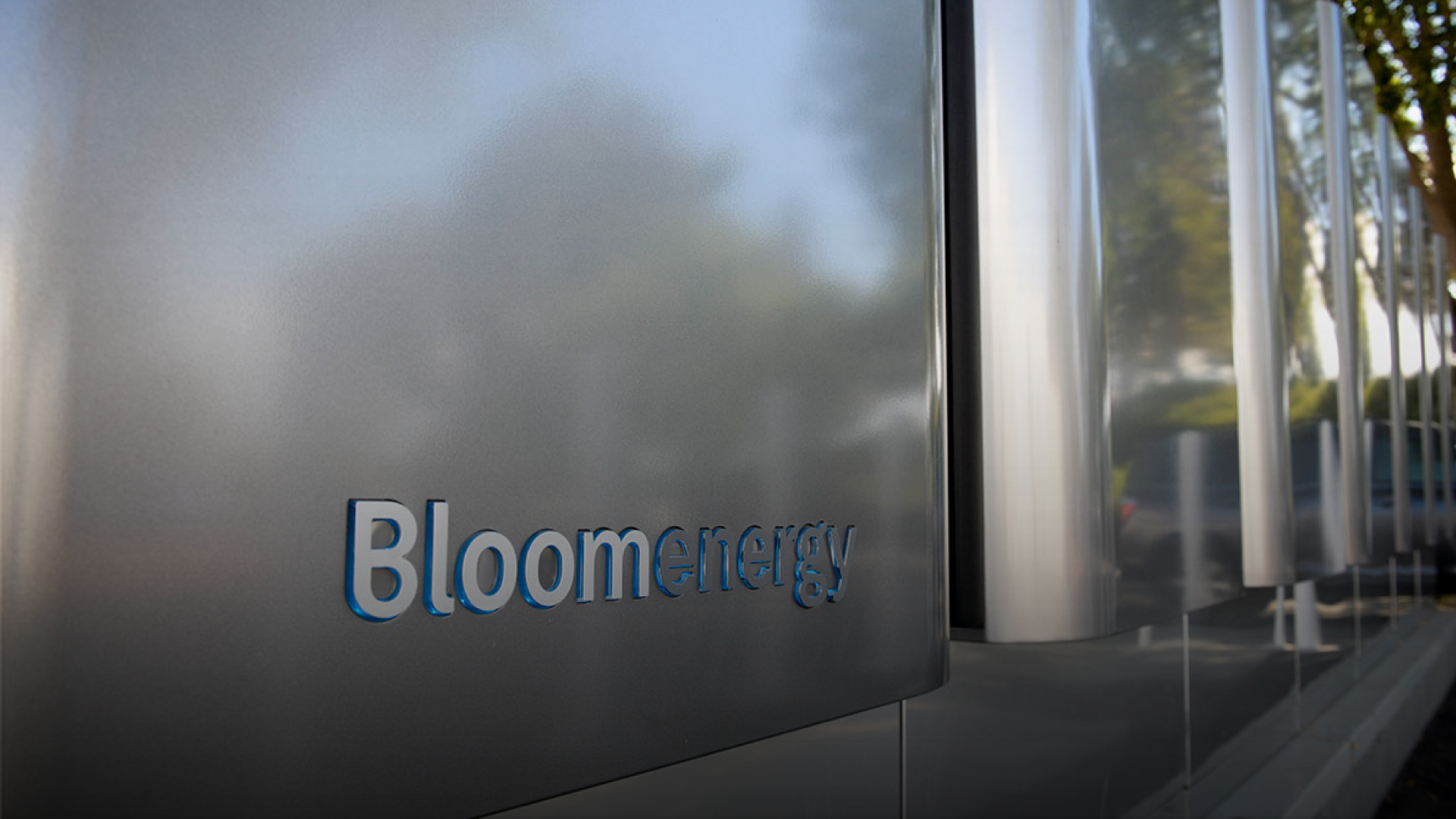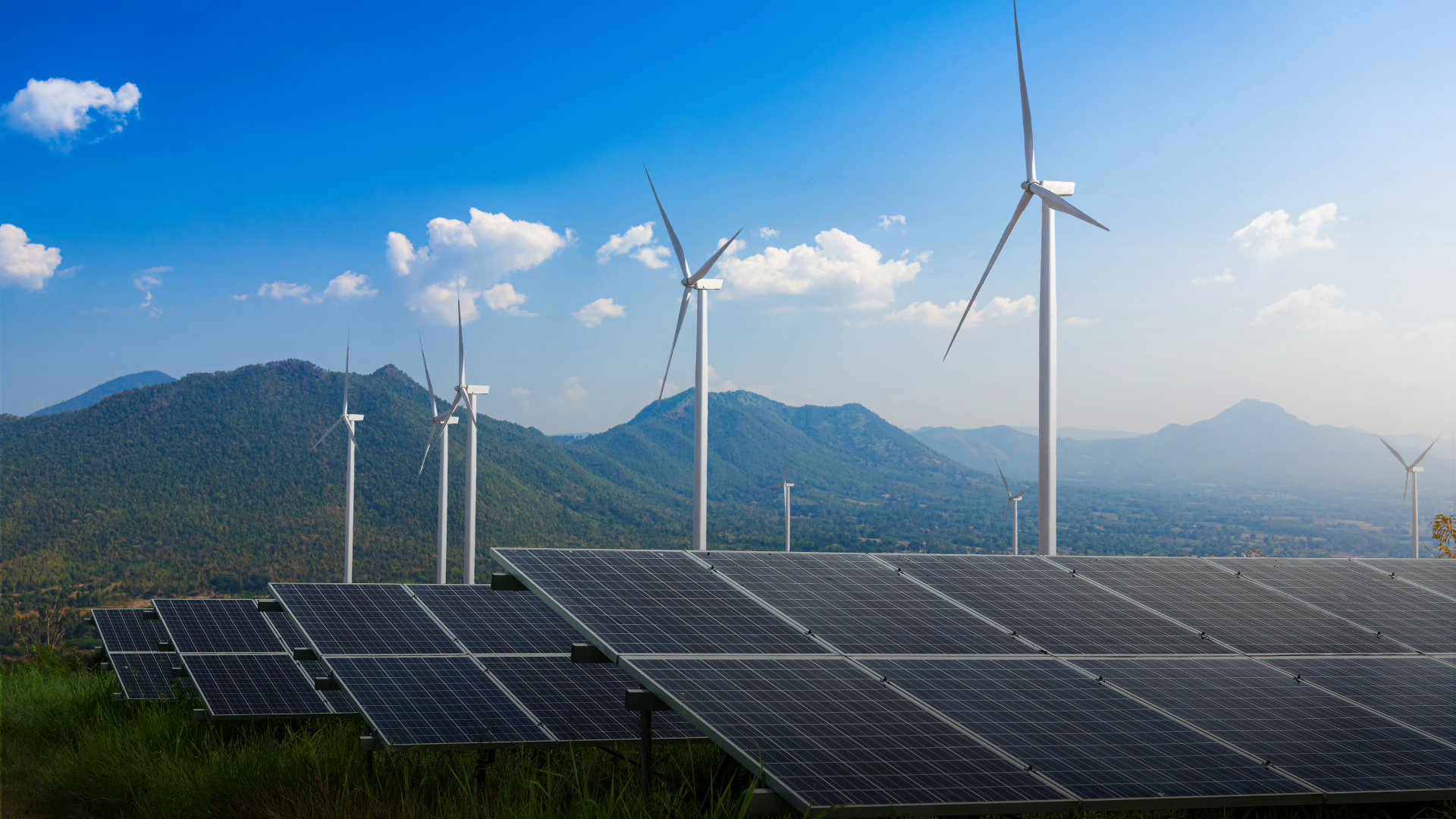Bloom Energy, a leading developer of fuel cell electricity, has announced its partnership with Chart Industries, Inc., a global energy and industrial gas solutions company, to advance carbon capture technology. The collaboration aims to provide secure, near zero-carbon power for use in data centers and manufacturing with rapid deployment.
Enhancing Carbon Capture
Under this collaboration, Chart Industries will utilize its carbon capture expertise to treat the high-purity carbon dioxide (CO2) emissions from Bloom Energy’s fuel cells. The CO2 can be used in commercial applications or sequestered. Although infrastructure for carbon sequestration is still in development, CO2 utilization is an immediate and pragmatic solution.
Market estimates by Morgan Stanley suggest that more than 500 million tonnes per annum (MTPA) of carbon sequestration capacity will be available in the next five years, reflecting the increasing contribution of sequestration to long-term decarbonization.
Also read: Bloom Energy Partners with FPM Development to Install 20 MW of Fuel Cells in Los Angeles
Fuel Cells: An Affordable Carbon Capture Solution
KR Sridhar, Founder, Chairman, and CEO of Bloom Energy, said, “Our partnership with Chart aims to demonstrate that cost-effective, onsite baseload power from natural gas with carbon capture is feasible at scale.”
He added, “Bloom fuel cells generate electricity without combustion, producing a concentrated CO2 stream that lowers extraction costs, making carbon capture more affordable and efficient. For energy-intensive industries like data centers and large manufacturers, this will provide a path to reliable, scalable power while significantly reducing carbon emissions. I am excited about the opportunities this partnership can unlock and the positive impact for our planet .”
Jill Evanko, CEO of Chart Industries, emphasized the synergy between the companies, expressing excitement about bringing Chart’s expertise in carbon capture to Bloom’s platform. She noted that Bloom’s platform not only provides reliable power but also produces a concentrated CO₂ stream. She also highlighted the partnership’s potential in sequestration and utilization markets and mentioned that they already use captured CO2 in food and beverage projects.
Carbon capture efficiency depends on CO2 purity in exhaust emissions, which varies greatly across different power generation technologies and methods. Due to low concentration, traditional gas turbines and engines produce exhaust with just 5% CO2, making carbon capture complex, inefficient, and costly.
Contrary to this, Bloom Energy’s high-temperature fuel cells produce electricity without combustion, and hence a CO2-rich exhaust stream is produced. Bloom’s fuel cells enhance carbon capture by emitting CO2 with 10 times greater concentration and 15 times lower mass flow, thus decreasing costs.




